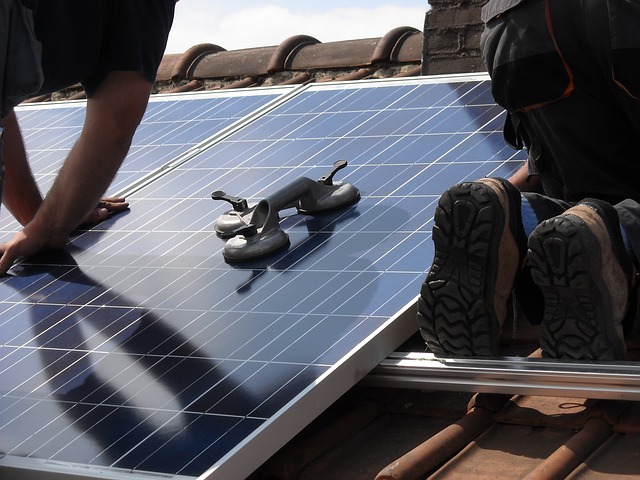
Solar panels are on the rise. According to the U.S. Energy Information Administration (EIA), they produce approximately 91 billion kWh of energy each year in the United States. Whether you’re planning to install polycrystalline, monocrystalline or thin-film solar panels, though, you’ll need to choose an appropriate wiring configuration.
What Is Series Wiring?
Most solar panels use either series or parallel wiring. With either of these wiring configurations, you can connect multiple solar panels together. Series wiring lives up to its namesake by creating a sequence or series of connected solar panels.
Series wiring involves connecting the positive terminal on a solar panel to the negative terminal on the proceeding solar panel. You must then connect the positive terminal of that solar panel to the negative terminal on the next solar panel.
What Is Parallel Wiring?
Parallel wiring, on the other hand, is a configuration in which all of the solar panels in the installation feature the same connections. For parallel wiring, you’ll need to connect the positive terminals of all the solar panels together, and you’ll need to connect the negative terminals of all the solar panels together.
Solar panels have a positive terminal and a negative terminal. If you’re going to use multiple solar panels together in a single installation, you’ll have to connect them. Series and parallel are different wiring configurations.
Differences Between Series and Parallel Wiring
For small installations with just a few solar panels, you may want to use series wiring. Maybe you want to connect two solar panels, or perhaps you want to use four solar panels. Regardless, series wiring offers a simple and effective solution. It even supports low-amperage installations, thus allowing you to use smaller wires when connecting the solar panels.
Parallel wiring works well for larger installations consisting of more solar panels. With parallel wiring, you don’t have to worry about lack of sunlight on one solar panel affecting the other solar panels’ performance.
Parallel wiring eliminates performance issues associated with partial shade. During the day, you may notice that some of your solar panels are covered by shade. With series wiring, any solar panels covered by shade will adversely affect the performance of all other solar pales – even if the other solar panels are exposed to direct sunlight. Fortunately, parallel wiring is different. Solar panels covered by shade won’t affect the solar panels in the installation.

